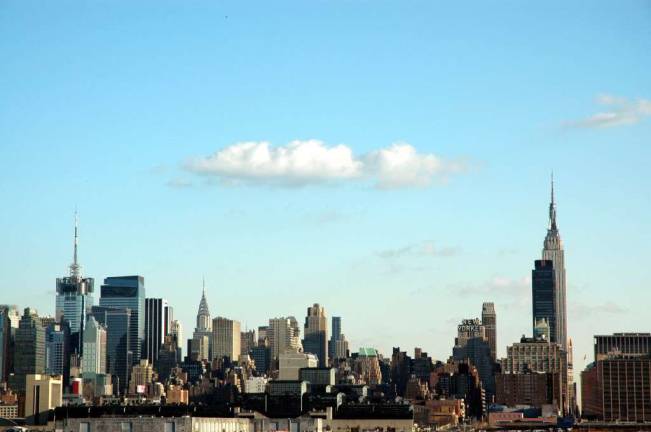Up and Away

Urban sprawl goes vertical, sparking new fights over air rights
The development-friendly Bloomberg era may have officially ended, but the ramifications will continue to ripple throughout Manhattan ? and especially above it. Most of the land in the borough's popular and dense neighborhoods, like the West Village and the Upper West Side, has already been gobbled up, and so now developers are craning their necks and salivating over the last unused parcels of extremely valuable real estate: air rights.
Many low-rise buildings and open spaces have unused air rights, meaning they are allowed to build to a certain height above their current height, calculated by square footage, density and lot size. Owners of these rights can sell them to other developers, though they must be used on a building next to, across from or kitty corner to the original air rights-holder. It's a swap, intended to give owners of these rights revenue while keeping the overall aerial landscape of the city even.
Last fall, the state approved a controversial law that allows Hudson River Park to sell its air rights, despite the outcries of locals who don't want their river and park views obscured. The park says it needs the money it expects to earn in order to continue to operate, a claim that is echoed by other parks and landmarks looking to sell their rights against the objections of neighbors.
The result of this focus on air rights is a tendency toward gigantic towers rising from the midst of lower buildings throughout the city. It's a new kind of vertical urban sprawl, but it affects people beyond the immediate next-door neighbors; looming shadows and an altered skyline become the business of everyone. This year, air rights sales will likely continue to heat up, but so will public awareness of the results of these sales, and hopefully, a meaningful public dialogue about the shape of the city will spring up along with the latest skyscrapers.